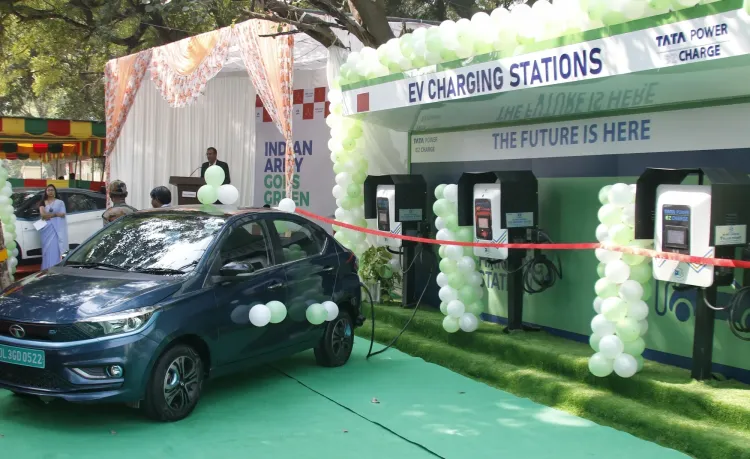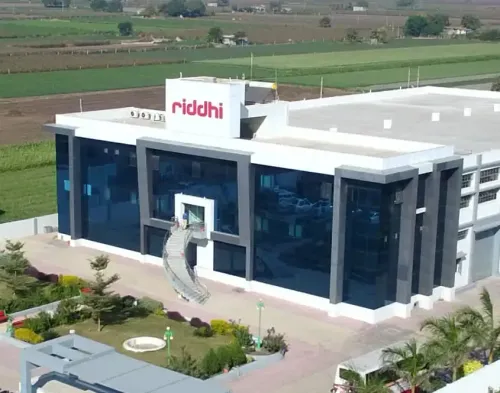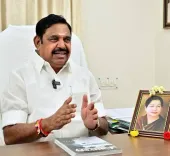Will the Indian EV industry have 200,000 professionals by 2030?

Synopsis
Key Takeaways
- 200,000 professionals expected in the EV sector by 2030.
- New EV policy aims to reduce carbon emissions by 1 billion tonnes.
- Linking import duties to local manufacturing encourages foreign investment.
- Investment of Rs 4,150 crore required from approved applicants.
- Annual import cap of 8,000 electric vehicles at reduced duties.
New Delhi, June 2 (NationPress) To aid India in reducing carbon emissions by an astounding 1 billion tonnes, industry analysts predict that the electric vehicle (EV) sector will employ 200,000 professionals by the year 2030. This forecast aligns with the announcement of the new EV policy, which plays a crucial role in accelerating India’s green mobility ambitions.
“By linking import duty reductions to commitments for local manufacturing, the government is clearly indicating to international EV manufacturers: India is open for investment, provided there is a strong focus on 'Make in India', ” stated Sachin Alug, CEO of NLB Services.
This tactical framework not only fosters foreign investment but also strengthens the local ecosystem, thereby facilitating job creation and technological progress.
“In order to significantly lower carbon emissions by 1 billion tonnes, the EV sector is projected to need 200,000 skilled workers by 2030. As the industry grows, we anticipate a significant surge in demand for positions in EV software management, embedded electronics, UI/UX design, and Ionic development,” he added.
The government has recently released guidelines for its progressive initiative aimed at attracting new investments from global manufacturers in the electric vehicle market, promoting India as a premier manufacturing hub for e-vehicles.
To entice global companies like Tesla to invest, approved participants will be permitted to import completely built units (CBUs) of electric cars with a minimum CIF (cost insurance and freight value) of $35,000 at a reduced customs duty of 15 percent for a period of five years from the approval date of their application.
Approved applicants must also invest a minimum of Rs 4,150 crore in accordance with the scheme's requirements.
The maximum number of electric four-wheelers that can be imported at this lower duty rate will be limited to 8,000 units annually, with provisions for carryover of any unused annual import limits.










